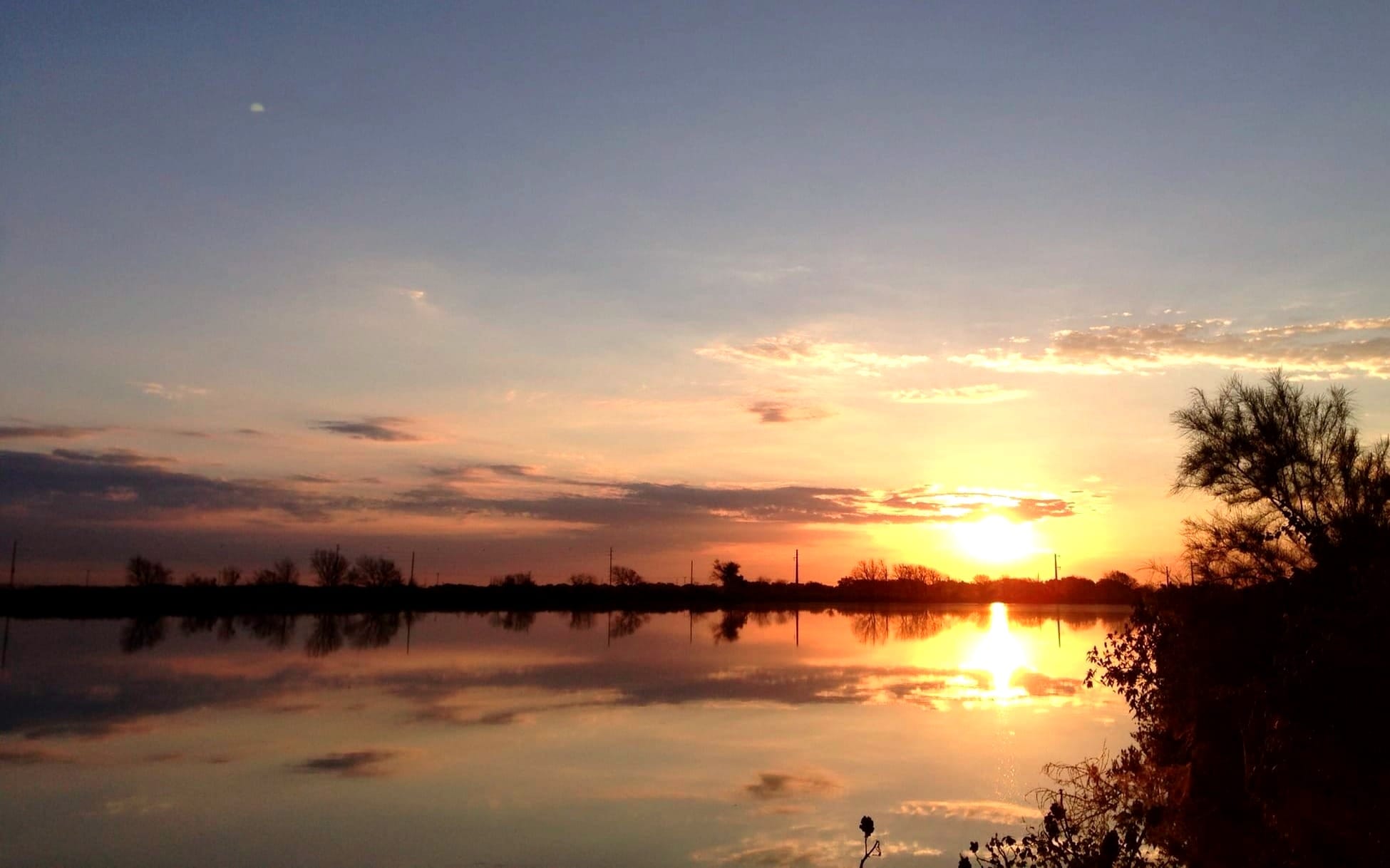The next phase of Next Interior
Charting the course for Next Interior, with calls to action

Ed. note—The next few weeks will have an uptick in news from Next Interior. We'll keep the weekly digest since there's a lot going on, plus supplementary pieces, like today’s, that may be longer than usual. I get that there’s a ton of information out there these days, so thank you for your patience as we share more; I hope it is useful and inspiring.
Last week, an email landed in my inbox with some good news: Next Interior, LLC, was approved by the State of Maryland! It’s now an official entity. 🎉 But that bit is not the real centerpiece of this Memo; it is just the starting point for what comes next. For reasons both philosophical and practical, what comes next is moving Next Interior to a model of democratic community and action: Next Interior Co-op.
The hope and vision is to make Next Interior a place where people cooperatively, democratically, and sustainably build a constituency—a movement—that supports and shapes a strong Department of the Interior that fully serves current and future generations across the Nation.
What is a co-op?
You may already be a member of a cooperative, or benefit from a co-op. Many folks with interests in Interior are members of the REI Co-op, where membership confers benefits like dividends on purchases and access to special deals on outdoors-y goods. Or grocery co-ops where we work together to make foodstuffs available. There are farmers and electrical co-ops that benefit members by working together on purchasing and producing goods and services. The list goes on.
The basic definition of a co-op is an “autonomous association of persons united voluntarily to meet their common economic, social and cultural needs and aspirations through a jointly owned and democratically-controlled enterprise.” That means Members vote to govern the organization; they work for Members’ satisfaction and needs; they build consensus to move the community ahead; their membership is generally open to all; and other characteristics.
I find this to be a healthy vision of how to organize people to meet their needs! I also expect this idea will feel very familiar to current or former civil servants, who know through their experience that so much of the job is cooperation, collaboration, and coordination across many different demands of serving the public.
We’re not signing up members just yet—laying out the general direction, listening and conversing—and we’ve got a timeline laid out at the end of this post to help visualize that. But if you’re sold right from the start and want to jump to taking action—four specific requests—then go here, down the page. Otherwise, read on!
Why a co-op?
A common question I get is, “Why a co-op? Why not a 501(c)(3)?” While co-ops and 501(c)(3)s aren’t mutually exclusive, there are a few reasons to focus on a co-op model as the path forward. It starts from the recognition that there are a lot of people out there who care deeply about the Department of the Interior, its mission, and its people, and who want to help ensure its future. Next Interior Co-op will serve people who love public lands and resources, science, and obligations to Tribes achieve impact in advocating for Interior, cooperatively and democratically.
Improving our democratic fitness
The first reason for pursuing a co-op model is the strong sense that we can use a little more democracy in our lives these days. You may have noticed that our collective democratic muscles have gotten weak, we’ve lost some flexibility and mobility. Our democratic fitness has declined. This isn’t a sudden or new issue, but one that’s been building for decades, and we’re now in a very bad place because of that decline. So let’s start exercises that will help rebuild our strength and flexibility.
Co-ops are a model of democracy: one member, one vote. How the details ultimately work out is to be determined. For example, we may ultimately decide that the Co-op Members will elect a Board made up of Members who take on key governance decision-making, but to start, all members will weigh in on governance and direction. I'll also note that I hope it will be a multi-stakeholder co-op, with both the “member” co-op and a worker co-op, the former to set broad direction and the latter to set the terms and conditions of employment. Bit by bit, we can help rebuild our democratic fitness.
Engaging and taking action is critical
Related to the first principle is a hypothesis: that we have gotten too used to assuming someone else will do the thing that needs to be done. Doesn’t really matter what the thing is, but it is some action that makes a difference. I know I’ve been guilty of that!
But as we are learning these days, each individual taking action matters, so that collectively our voices are heard. Not only do people realize it feels good to take action, we see how it builds social courage and strength. Membership will confer benefits (more on that below), but also obligations to engage. Yes, voting is part of it, but we want to enable more engagement and action.
Of course, not everyone will want to or needs to engage in the same way! That’s not only alright, it’s healthy. Maybe you’re a current or former civil servant still traumatized by the current administration’s actions—designed to traumatize—and you’re not ready to dive in. That’s fine, and we want to be here for you.
Or maybe you’re one of those current or former civil servants who is fired up to take action. That’s great too, we want to build a place to help you do that! Maybe you just care about Interior’s lands and nature, or its science and knowledge-building, or its service to Tribes and want to do your part. We’re here for that too.
The point is that there’s potential in driving action and engagement from a co-op model. That model also lends itself to our third reason, sustainability.

